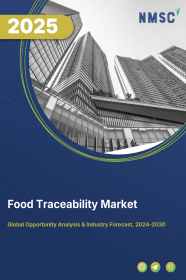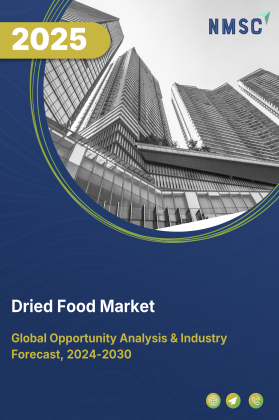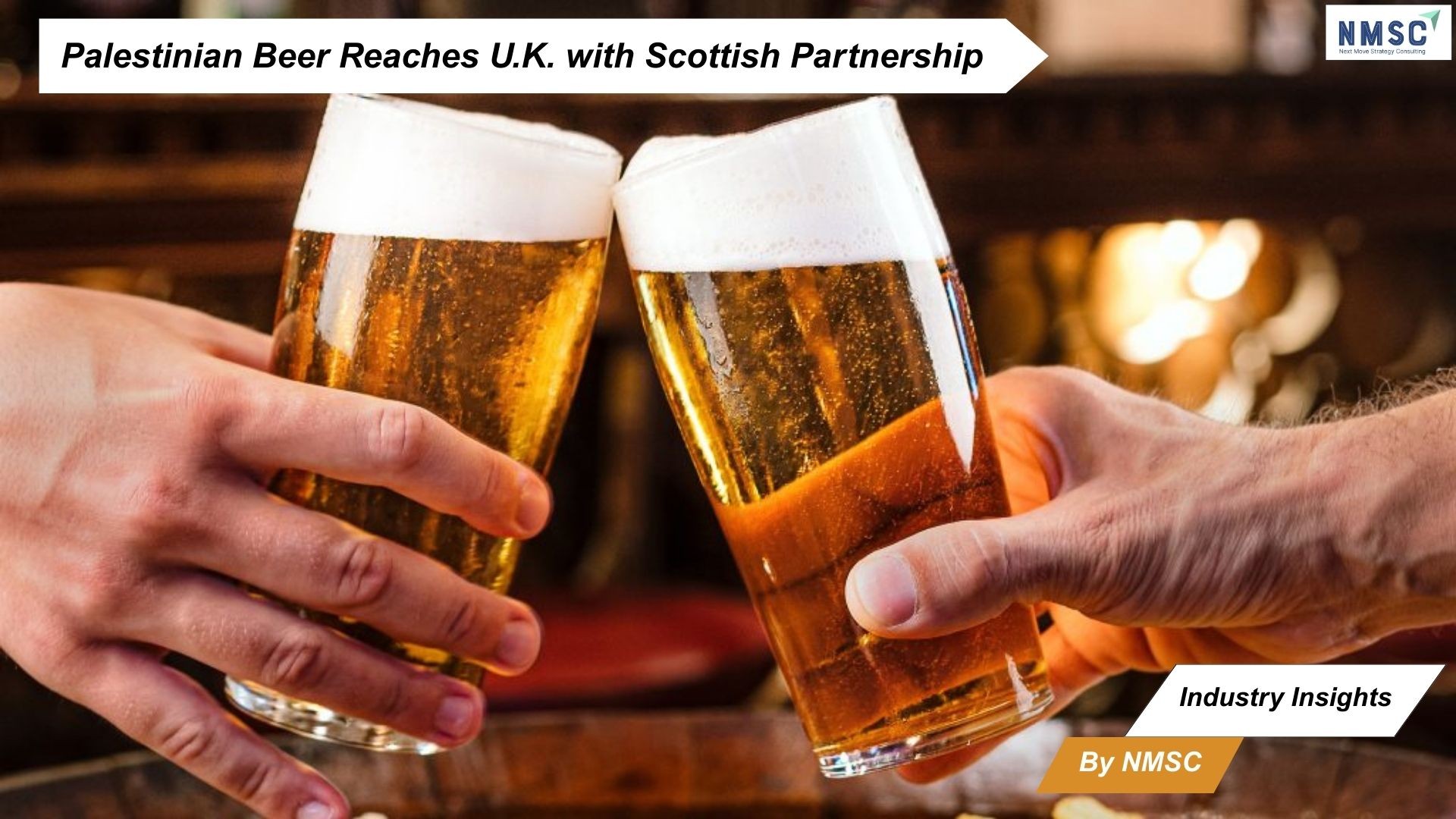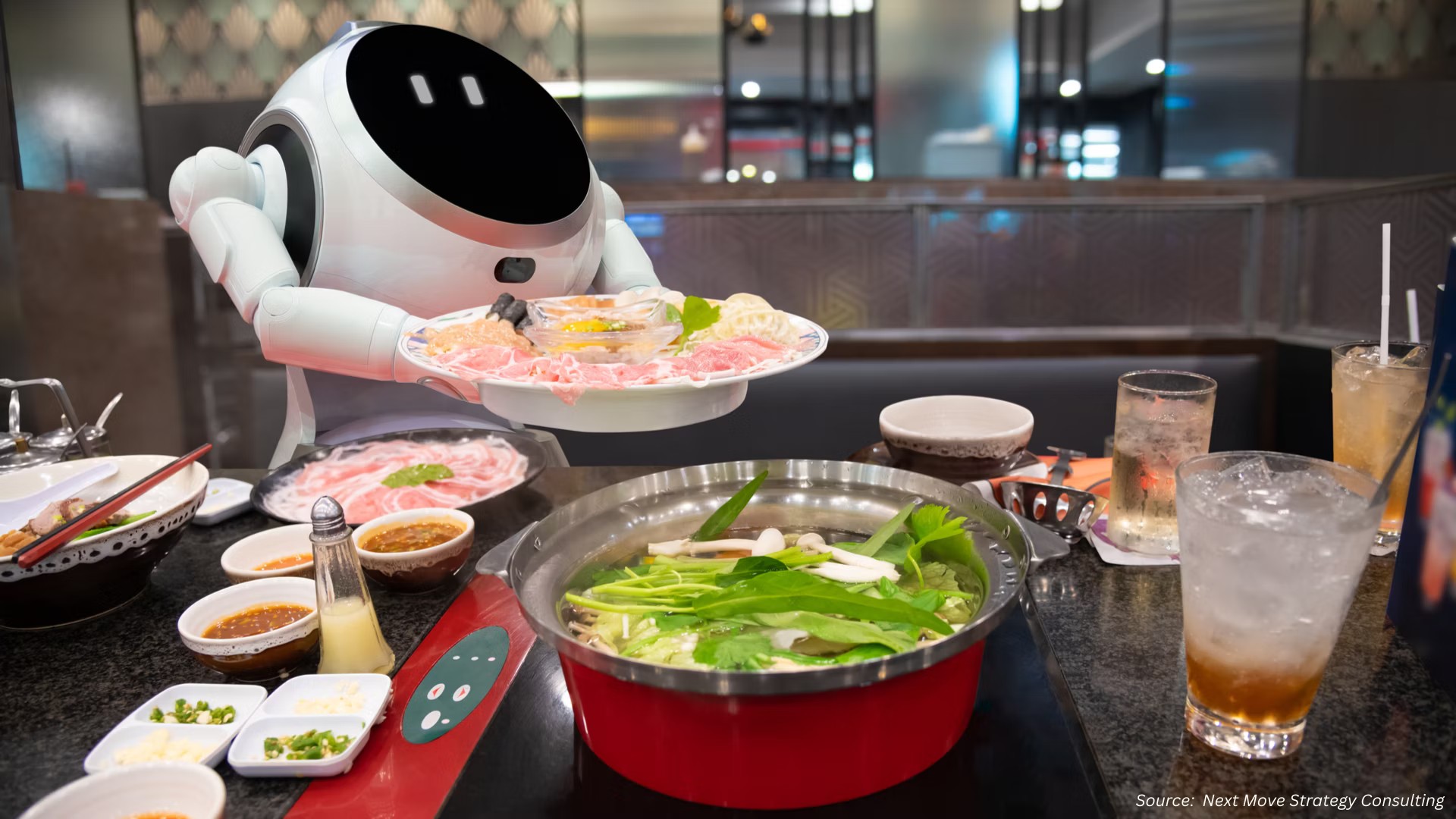
Food Traceability Market by Offering (o Hardware, Software, and Services), by Technology (Barcode/QR Codes, and Others), by Pricing Model (One-Time License, and Others), by Deployment (Cloud, and Others), by Use Case (Food Safety and Recalls, and Others), by Food Type (Meat, Poultry, and Others), by End-User (Farms and Producers, Processors and Packers and Others), by Organization Size (Small and Medium Enterprises, and Others)- Global Opportunity Analysis and Industry Forecast, 2020 – 2030.
Market Definition:
The global Food Traceability (Tracking Technology) Market size was valued at USD 12.86 billion in 2019 and is predicted to reach USD 29.43 billion by 2030, with a CAGR of 7.8% from 2020-2030.
Food traceability is a tracking technology that traces and validates the product quality at each point in the food supply chain, starting from production, processing, packaging, to distribution. It plays a vital role in the global trade, where food products from different origins are traded internationally, and food-investigation becomes mandatory in quality-checking the freshness-quotient of food products.
Food traceability holds wide application in tracing meat & livestock, fisheries, dairy products, fresh produce, and other perishables. The technologies used for food traceability are majorly thermal Printer, 2D & 1D barcode scanners, tags & labels, PDA with GPS, sensors, and others.
Market Dynamics and Trends
According to the ‘Food Safety’ report provided by World Health Organization in April 2020, about 1 in 10 million people, i.e. an approximated 600 million people world-wide fall ill after eating contaminated food, with an estimated 420,000 people dying every year from food borne diseases. The increasing prevalence of contaminated food causing food borne diseases, rises the demand for efficient food traceability technologies, thereby augmenting the growth of global food traceability market over the forecast period.
Major factors driving the growth of global food traceability market are stringent regulatory standards regarding food safety, mandatory standardization procedures to be followed by manufacturers coupled with food certifications mandated by government authorities.
However, investments in food traceability technologies resulting to higher cost to the company, intruding privacy, and security concerns, are the limiting factors hampering the growth of global food traceability market. Moreover, highly competitive global food traceability market, ease of tracking with product recalls, information flow in both upstream & downstream food supply chain, as well as increasing penetration of company brandings and loyalty chains, are the factors anticipated to create lucrative segments for the growth of global food traceability market in coming future.
Market Segmentations and Scope of the Study:
The global food traceability market share has been analyzed based on equipment, technology, application, end user, and geography.
Based on equipment, the food traceability market is segmented into PDA with GPS, thermal Printers, 2D & 1D scanners, tags & labels, sensors, and others. Based on technology, the food traceability market is fragmented into RFID/RTLS, GPS, barcode, infrared, and biometrics. Based on application, the food traceability market is categorized into meat & livestock, fresh produce & seeds, dairy, beverages, fisheries, and others. Based on end user, the food traceability market is divided into food manufacturers, warehouse/pack farms, food retailers, defense & security departments, government departments, and others. Geographic breakdown and analysis of each of the previously mentioned segments include regions comprising North America, Europe, Asia-Pacific, and RoW.
Geographical Analysis
North America is expected to account for the major market share in the global food traceability market, throughout the forecast period, owing to the increased adoption of food tracking technologies, stringent regulations, and mandate certificates to be obtained by manufactures regarding food safety in the food traceability market.
Asia Pacific is expected to illustrate a rapid growth in the global food traceability market, with developing market share, growing with the highest CAGR values throughout the forecast period. This is attributed to proliferating food traceability market specifically in emerging economies, as well as improvement in warehouse Logistics.
Competitive Landscape
The food traceability market, which is highly competitive, consists of various market players. Some of the major market players include Antares Vision Group S.p.A., OPTEL Group Inc., International Business Machines Corporation, SAP SE, Avery Dennison Corporation, Zebra Technologies Corporation, Honeywell International Inc., TE-FOOD International GmbH, FoodLogiQ LLC, FoodChain ID, Inc., Cognex Corporation, SGS SA, Everledger Limited, Zetes Industries SA, Aptean, Inc, among others. The key players are employing strategies such as product launches, joint ventures, and technical collaboration, in-order to gain stronger position in the food traceability market.
For instance, in August 2025, Antares Vision Group S.p.A., Presented innovations at Drinktec, such as AI-enhanced empty bottle inspection, robotic non-destructive testing, and micro-leak pressure systems.. Signed a global agreement with a U.S. FMCG firm for a serialization and traceability platform capable of processing billions of unique product IDs.
In October 2022, OPTEL Group Inc.,’ Launched Optchain™, a modular traceability platform designed to help food and beverage businesses comply with FSMA Section 204, tracking events and data from farm to consumer.
In September 2023, IBM., Partnered with iFoodDS to launch Trace Exchange™ with IBM Food Trust™, a solution to help organizations meet FDA FSMA 204 traceability requirements with real-time data exchange, analytics, and interoperability.
Key Benefits
-
The food traceability market report provides the quantitative analysis of the current market and estimations through 2020-2030 that assists in identifying the prevailing market opportunities to capitalize on.
-
The study comprises a deep dive analysis of the food traceability market trend including the current and future trends for depicting the prevalent investment pockets in the market.
-
The report provides detailed information related to key drivers, restraints, opportunities, and their impact on the food traceability market.
-
The report incorporates competitive analysis of the market players along with their market share in the global food traceability market.
-
The SWOT analysis and Porters Five Forces model is elaborated in the study of the food traceability market.
-
Value chain analysis in the food traceability market study provides a clear picture of the stakeholders’ roles.
Key Market Segments:
By Offering
-
Hardware
-
Printers and Scanners
-
Tags and Labels
-
Sensors and Trackers
-
-
Software
-
Traceability and Tracking Software
-
Integration and Analytics
-
Recall Management
-
-
Services
-
Consulting and Setup
-
Support and Maintenance
-
By Technology
-
Barcode/QR Codes
-
RFID/NFC
-
IoT And Sensors
-
Blockchain
-
Cloud and AI
By Pricing Model
-
One-Time License
-
Subscription
-
Per-Use Fee
By Deployment
-
Cloud
-
On-Prem
-
Hybrid
By Use Case
-
Food Safety and Recalls
-
Cold Chain Monitoring
-
Quality and Compliance
-
Fraud Prevention
-
Supply Chain Visibility
By Food Type
-
Meat, Poultry, Seafood
-
Fresh Produce
-
Dairy and Eggs
-
Processed Food and Beverages
By End-User
-
Farms and Producers
-
Processors and Packers
-
Distributors and Retailers
-
Restaurants and Logistics
By Organization Size
-
Small and Medium Enterprises (SMEs)
-
Large Enterprises
By Region
-
North America
-
The U.S.
-
Canada
-
Mexico
-
-
Europe
-
The UK
-
Germany
-
France
-
Italy
-
Spain
-
Denmark
-
Netherlands
-
Finland
-
Sweden
-
Norway
-
Russia
-
Rest of Europe
-
-
Asia-Pacific
-
China
-
Japan
-
India
-
South Korea
-
Australia
-
Indonesia
-
Singapore
-
Taiwan
-
Thailand
-
Rest of Asia Pacific
-
-
Rest of the World
-
Latin America
-
Middle East
-
Africa
-
Key Players
-
Antares Vision Group S.p.A.
-
OPTEL Group Inc.
-
International Business Machines Corporation
-
SAP SE
-
Avery Dennison Corporation
-
Zebra Technologies Corporation
-
Honeywell International Inc.
-
TE-FOOD International GmbH
-
FoodLogiQ LLC
-
FoodChain ID, Inc.
-
Cognex Corporation
-
SGS SA
-
Everledger Limited
-
Zetes Industries SA
-
Aptean, Inc
REPORT SCOPE AND SEGMENTATION:
|
Parameters |
Details |
|
Analysis Period |
2019–2030 |
|
Base Year Considered |
2020 |
|
Forecast Period |
2020–2030 |
|
Market Size Estimation |
Billion (USD) |
|
Market Segmentation |
By Offering (Hardware, Software, and Services), By Technology (Barcode/QR Codes, RFID/NFC, IoT And Sensors, Blockchain, and Cloud and AI), By Pricing Model (One-Time License, Subscription, and Per-Use Fee), By Deployment (Cloud, On-Prem, and Hybrid), By Use Case (Food Safety and Recalls, Cold Chain Monitoring, Quality and Compliance, Fraud Prevention, and Supply Chain Visibility), By Food Type (Meat, Poultry, Seafood, Fresh Produce, Dairy and Eggs, Processed Food and Beverages), By End-User (Farms and Producers, Processors and Packers, Distributors and Retailers, Restaurants and Logistics), By Organization Size (Small and Medium Enterprises (SMEs), and Large Enterprises). |
|
Geographical Segmentation |
North America (U.S., Canada, Mexico) Europe (UK, Germany, Italy, France, Rest of Europe), Asia-Pacific (China, Japan, India, Australia, Rest of APAC), Rest of the World (UAE, Saudi Arabia, South Africa, Brazil, Remaining Countries) |
|
Companies Profiled |
Antares Vision Group S.p.A., OPTEL Group Inc., International Business Machines Corporation, SAP SE, Avery Dennison Corporation, Zebra Technologies Corporation, Honeywell International Inc., TE-FOOD International GmbH, FoodLogiQ LLC, FoodChain ID, Inc., Cognex Corporation, SGS SA, Everledger Limited, and Zetes Industries SA, Aptean, Inc |

















 Speak to Our Analyst
Speak to Our Analyst

























